Your Guide to Every Hands-Free Driving Technology in 2025
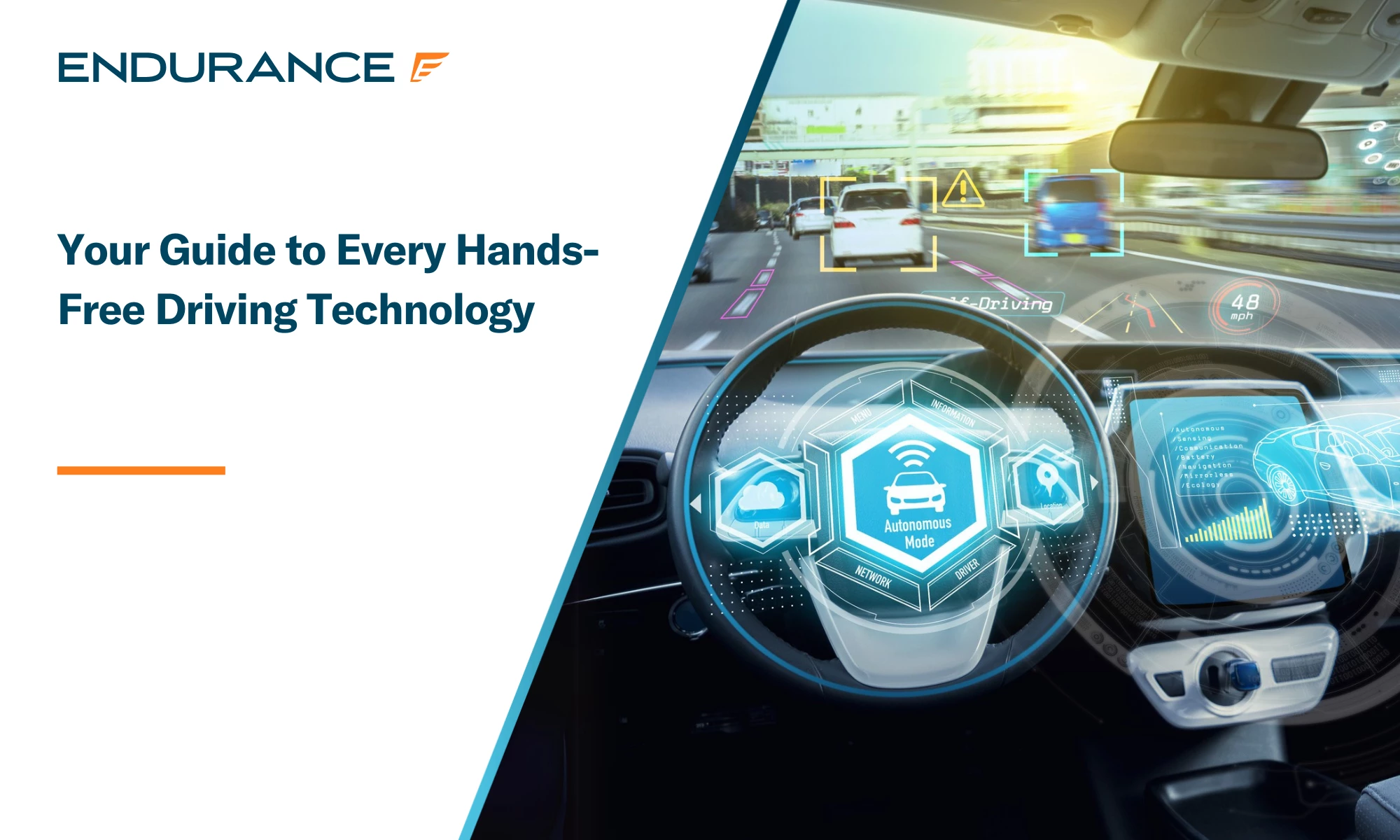
Driving a car can be pretty great, but there are times when it could certainly be easier. After all, who likes navigating a gridlock? Or those seemingly endless highway slogs? Thankfully, hands-free driving technology has come on leaps and bounds in recent years, offering more capabilities than ever. And we’re here to tell you all about it.
We’ve sifted through the latest developments and cut out the technical jargon to give you the most user-friendly guide to every hands-free driving technology available in a new car for 2025.
Overview of Hands-Free Driving Technology
The benefits and limitations of hands-free driving systems can vary, but the basics are more or less the same. In cars that feature the technology, drivers can remove their hands from the steering wheel and have the car continue on its way without input. This shouldn’t be confused with fully autonomous driving, however, as the car can’t direct itself from one place to another, and the feature only works on certain mapped roads and under specific circumstances.
You can’t go to sleep at the wheel either — full concentration is required even when the computer has kicked in, and you must be ready to take back control at a moment’s notice. A camera and sensors pay attention to the driver and are programmed to identify when they’re distracted. If the system detects anything abnormal, it will usually display a warning notification and sounds.
The hands-free landscape is constantly evolving, with new automakers and technology companies introducing their own efforts and existing systems being regularly updated with new features over the air. In addition to the options that are currently available, it’s worth noting that there are a couple of hotly anticipated systems in development: Lucid’s “Highway Pilot” and Rivian’s “Enhanced Highway Assist.” On top of that, there’s Tesla’s Full Self-Driving Capability, which includes Tesla’s Autopilot feature, which isn’t technically hands-free just yet.
Before we dive into the details of each system, it’s worth going over a few key terms so that you’re familiar with their definitions:
SAE level: SAE International has developed a scoring system that gives a clearer understanding of a vehicle’s automation capabilities. For example, Level 2 is the highest level of assistance that still requires the driver’s full attention. At Level 5, the vehicle can drive itself anywhere under all conditions with no human intervention necessary.
- Automated lane change: If it makes sense to move into the lane on the left in order to overtake a slower vehicle, the vehicle can do so of its own accord.
- On-demand lane change: Similar to automated lane change, but requires the driver to give consent.
- Awareness view: Usually a digital display that gives those inside the vehicle an idea of what the system sees. You may have seen Tesla’s well-known version, with gray 3D models of cars and people.
Leading Brands and Their Hands-Free Driving Systems
Of the hands-free driving systems available in 2025, seven stand out. Namely:
Toyota Lexus, Teammate
SAE Level: 2
Comes as standard in: Lexus LS500h
Previously available for: Toyota Mirai
Where it works: On 145,000 miles of US roads and highways.
This Level 2 system from Toyota is installed as standard in the Lexus LS500h, with 10 years of service activated from the date of purchase. It includes awareness view, plus on-demand lane change that requires the driver to have their hands on the steering wheel and turn their head to check blind spots.
BMW: Highway Assistant
SAE Level: 2
Comes as standard in: XM, Alpina XB7
Available as an add-on for: 5-series, 7-series, i5, i7, iX, X5, X6, X7
Where it works: Around 130,000 miles of divided highways in the US and divided highways in Canada. It specifically isn’t available in Alaska, Hawaii, Puerto Rico, or Guam.
BMW’s Highway Assistant is a Level 2 driver-assistance system with Active Lane Change, which lets the driver confirm a suggested lane change by simply looking in the direction of the lane (or by using the turn signal stalk). The automaker does have a Level 3 system called Personal Pilot L3, but this is currently unavailable in the US due to regulatory restrictions.
Nissan, Infiniti: ProPilot Assist 2.X
SAE Level: 2
Available for: 2.0: Nissan Ariya; 2.1: Nissan Armada, Rogue; Infiniti QX80
Where it works: On 200,000 miles of divided highways in the US and divided highways in Canada.
Nissan’s system features on-demand lane change that requires hands on the steering wheel, and Route Assist that notifies the driver when to move over or exit (while navigation is active). It’s a standard feature on certain trims and an option on others, with three years of service included from purchase and a subscription plan required after that.
Ford, Lincoln: BlueCruise
SAE Level: 2
Comes as standard in: Ford F-150, Ford F-150 Lightning, Mustang Mach-E, Expedition, Explorer; Lincoln Aviator, Corsair, Nautilus, and Navigator
Where it works: On 130,000 miles of divided highways in the US and Canada.
Ford’s BlueCruise is included at certain trim levels for a wide range of their latest models. The most notable feature is their Lane Change Assist and adaptive cruise control, which can suggest a lane change and automatically move over when the driver has hit the turn-signal stalk.
Mercedes-Benz: Drive Pilot
SAE Level: 3
Available on: EQS sedan, S-class sold in California or Nevada
Where it works: On major freeways in California and portions of Nevada.
The only Level 3 system on our list, Drive Pilot has some serious limitations in that it only operates in two states and is restricted to 40mph. The functionality also costs an additional $2,500 per year.
Jeep, Ram: Hands-Free Driving Assist
SAE Level: 2
Available for: Jeep Grand Cherokee L, Ram 1500
Where it works: On 125,000 miles of roads in the US and Canada.
Jeep’s Hands-Free Driving Assist comes with certain Ram 1500 trims, and is available for an additional $2,995 on the Overland 4×4 and Summit 4×4. Three years of service are included, with a subscription required after. It features on-demand lane change, as well as maps.
GM: Super Cruise
SAE Level: 2
Available for: Buick Enclave. Cadillac CT4, CT5, Escalade, Lyriq and XT6. Chevrolet Blazer Electric Vehicle (EV), Equinox EV, Silverado, Silverado EV, Suburban, Tahoe, and Traverse. GMC Acadia, Hummer EV Pickup, Hummer EV SUV, Sierra, Sierra EV, Yukon, and Yukon XL.
Previously available for: Cadillac CT6 and Chevrolet Bolt EUV
Coming soon for: Escalade IQ, Optiq
Where it works: On over 400,000 miles of divided and non-divided highways in the US and Canada.
The only system that works on non-divided highways, Super Cruise is available for a wide range of General Motors (GM) vehicles, with more on the way. Hardware is an additional cost on top of the vehicle purchase price, with three years of service included. Features include automatic lane change, on-demand lane change, and trailering.
Safety Considerations for Hands-Free Driving
As more vehicles come with their own version of hands-free driving technology, there are also growing concerns about the safety of these systems. Generally, these concerns are due to consumer confusion between hands-free and self-driving, with many people incorrectly using the terms interchangeably.
The distinct difference is that with a hands-free driving system, you are still the driver of the car. But if the car is controlling acceleration, braking, and lane centering, as well as performing automatic lane changes and monitoring blind spots with very little human driver input, is it really any surprise people think driver assistance and self-driving are one and the same?
Brand terms can make the situation worse. Take Tesla’s Full Self-Driving tech as the prime example, which (despite what the name implies) is not a self-driving system. Unlike a self-driving system, Tesla drivers using Full Self-Driving need to keep their hands on the steering wheel and eyes on the road at all times. When the system can’t figure out what to do, it will request that the driver take control of the vehicle.
As well as drivers not fully grasping the limitations of their car’s hands-free driving tech, there is compelling evidence that most driver-assistance systems are less safe than normal human driving. According to experts, drivers can quickly become over-reliant on driver assistance and have slower reaction times when they have to take back control. With their hands-free, drivers are also becoming more distracted, picking up their phones or playing around with infotainment while their car is in motion.
Ultimately, automakers need to educate those who purchase their vehicles not just on what their hands-free driving technology can do but also on what it can’t. By furthering public understanding of a driver’s responsibilities when driver assistance is active, everyone will be a lot safer out on the road.
The Future of Hands-Free and Autonomous Vehicle Technology
While original industry timelines for hands-free and autonomous driving technology were considered ambitious, innovators have made significant strides in a very short period of time. The ultimate goal is fully driverless vehicles, which can be seen on the roads today but aren’t exactly mainstream just yet.
As far as the future is concerned, there are a few challenges standing in the way:
- Safety concerns: Software needs to be finely tuned so that vehicles can handle every possible driving scenario without posing a risk to passengers.
- Cybersecurity risks: The risk of hacking self-driving software and data breaches is a real concern.
- Job displacement: Industries like trucking, taxi services, and delivery could see significant job losses if drivers are no longer required.
- Connectivity: Driverless car technology depends so much on fast and reliable mobile data, but what about areas of the country where connectivity is patchy?
How Endurance Plans Can Cover Advanced System Repairs
As the technology in cars gets more complex, so do the parts necessary to make them. And the more complex the components, the more expensive they are to repair. We’re at a stage where unexpected component failure can set you back hundreds if not thousands of dollars in one fell swoop, but thankfully there is a way to protect yourself: an extended auto warranty.
While there are plenty of providers to choose from, Endurance is consistently rated by experts as the best around, all thanks to our winning combination of quality, comprehensive coverage, and award-winning customer service. Our wide range of plans has something for almost every kind of driver and includes protection for plenty of electrical, infotainment, and hands-free driving parts and systems that other providers usually avoid.
Not forgetting our unbeatable suite of standard benefits. Whatever program you choose, you’ll receive access to 24/7 roadside assistance (including towing, fuel delivery, and lockout services), rental car reimbursement, and trip interruption coverage — all as soon as your contact is active. If you’re an Endurance customer, you can choose to activate a year’s worth of the Elite Benefits package, which grants you complete tire repair and replacements, key fob replacement, up to $1,000 in total loss protection, and more.*
Get Extended Warranty Coverage for Your Hands-Free Driving Technology
Preventative maintenance is one of the best ways to keep repair bills at bay, but there are some vehicle systems you can’t do a great deal to preserve. When hands-free driving components unexpectedly give up the ghost, professional attention is required to get them operational again. And without a vehicle service contract in place, you could be paying an eye-watering sum at the auto shop.
If you’d like to learn more about coverage options from Endurance, give our friendly team a call at (800) 253-8203 to request a FREE quote. Or, if you prefer, you can shop our eStore to check out plan options and pricing first.
We also have an extended warranty blog with helpful tips on buying your next vehicle, protecting your car from the elements, saving money on the cost of car ownership, and much more, so make sure to take a look.
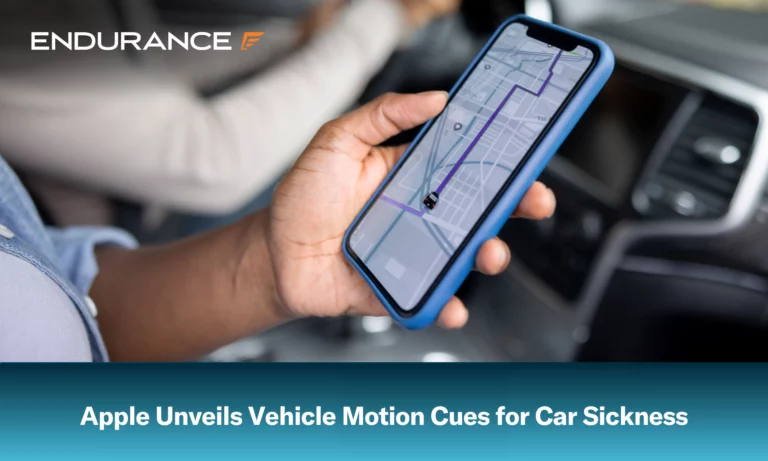
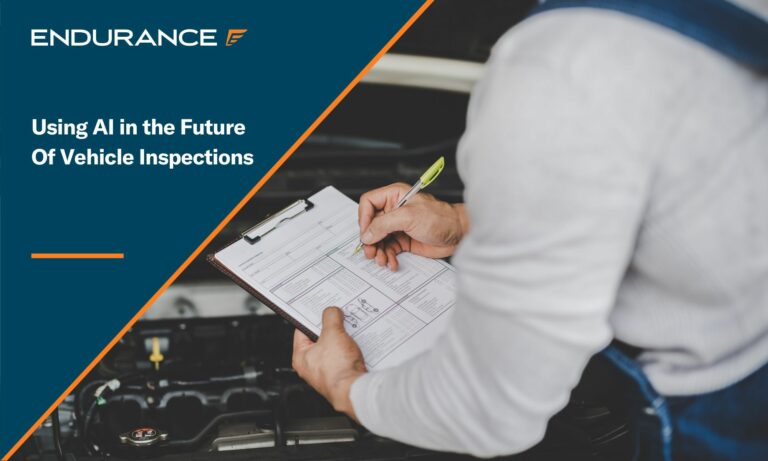




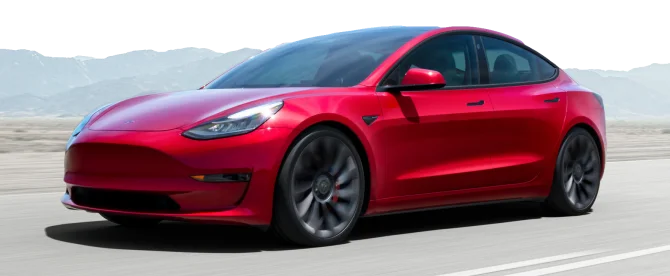



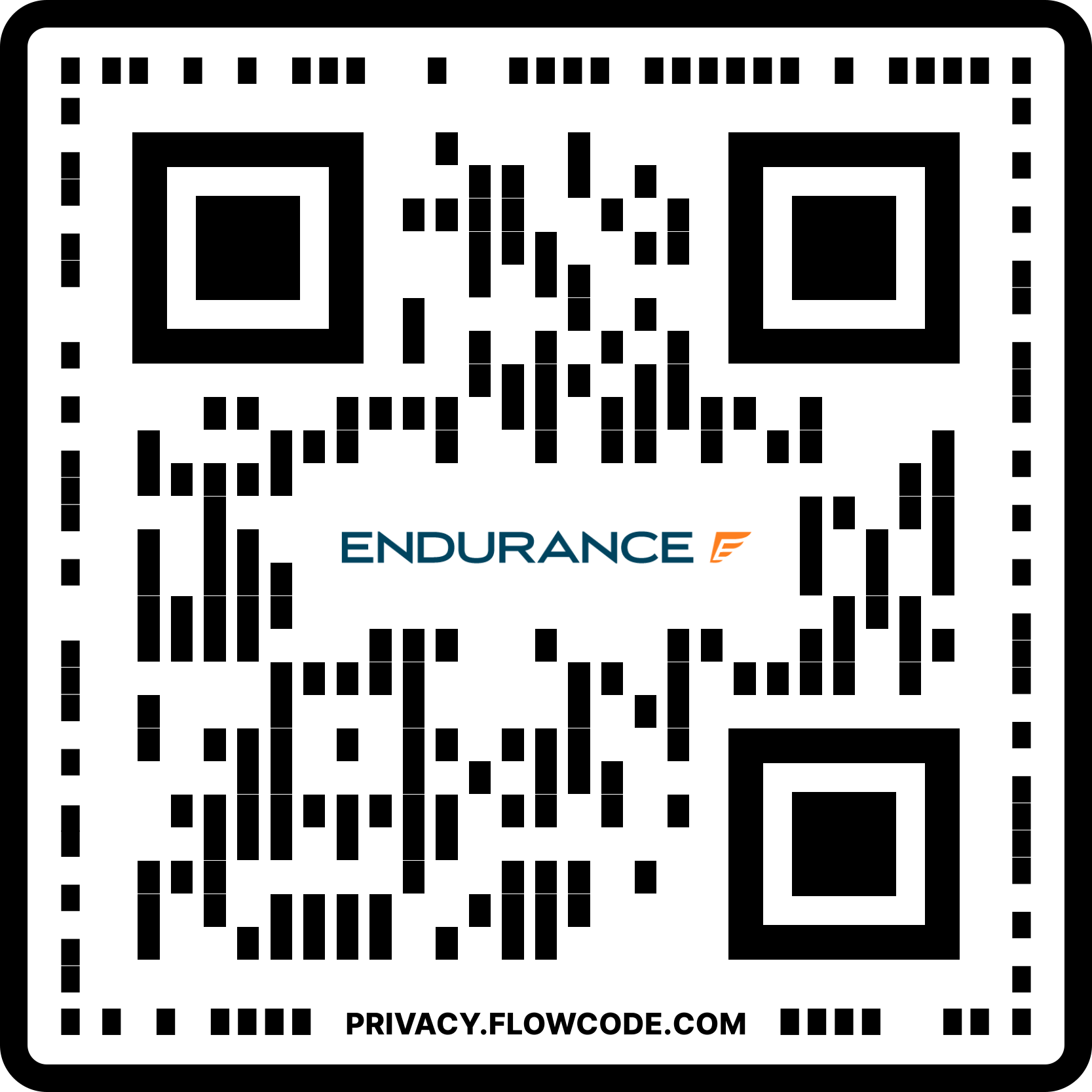
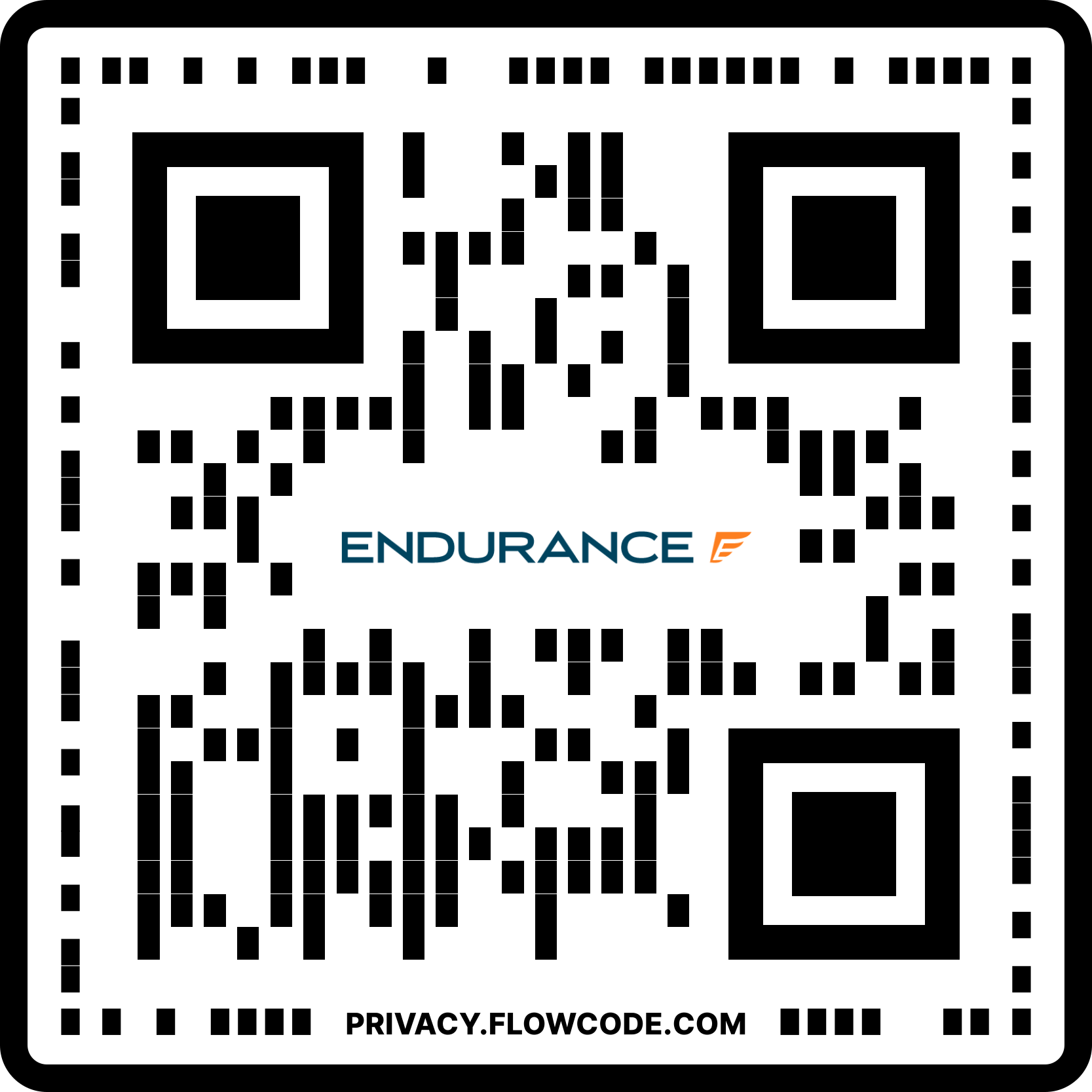

The Endurance blog is powered by a team of automotive experts, customer care professionals, and industry writers dedicated to helping drivers make smarter decisions about vehicle protection and ownership. From coverage insights to car care advice, our content is designed to inform and support every stage of the driver journey. For press inquiries, please contact [email protected].